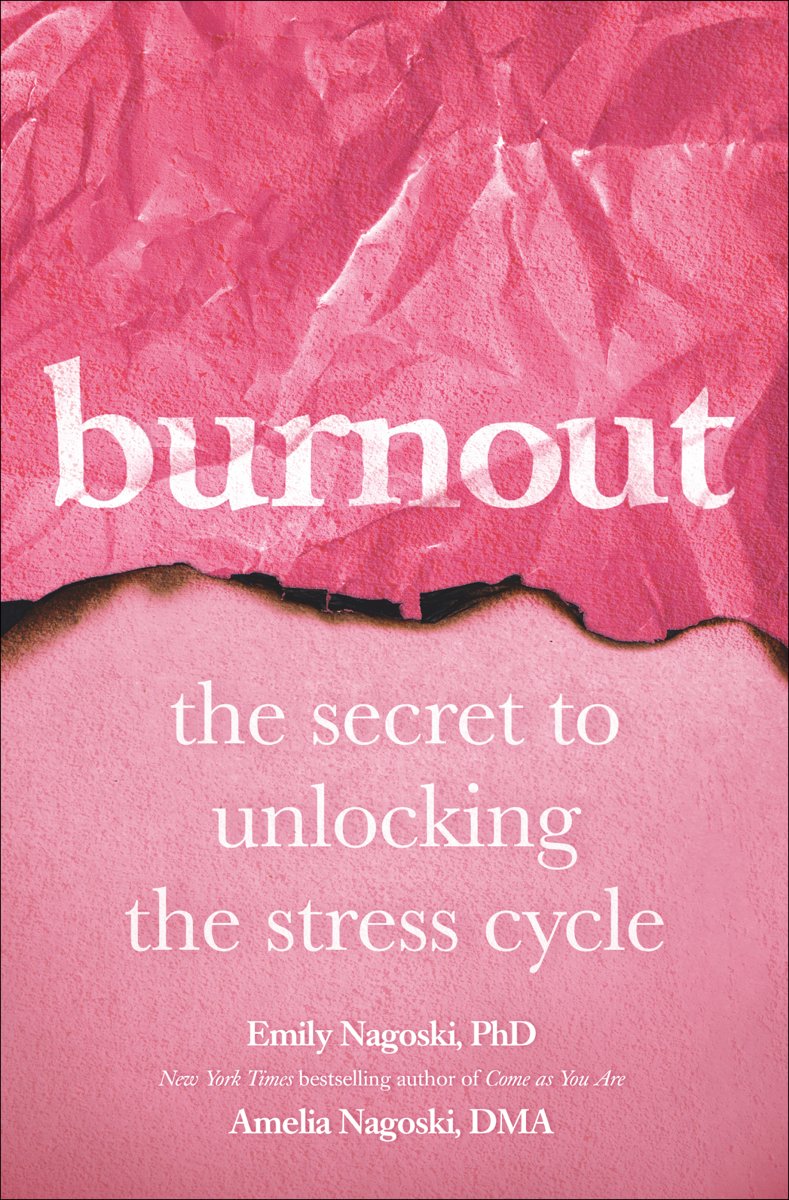

Nagoski and I discussed that-and quiet quitting’s deeper link to a broader push for better labor protections-over email. I was curious about the relationship between quiet quitting and the more scientifically established phenomenon of burnout.

“I’m glad to see younger generations opting out of exploitative work cultures.” “This is all very familiar to me,” she told me over email. Others have argued that scaling back at work is too risky for women and people of color.ĭerek Thompson: Three myths of the Great ResignationĪmelia Nagoski, a co-author, with her sister Emily Nagoski, of the book Burnout: The Secret to Unlocking the Stress Cycle, thinks the new term is useful-although she isn’t surprised by the discourse around it. “Back in the day it was called a regular work shift,” reads the top comment, with more than 24,000 likes, on one TikTok. Is this really anything new? Many people have criticized the term, saying that it’s just another phrase for having a job. The polling company Gallup found that at least half of Americans-maybe more-fit the definition of quiet quitting. TikToks dissecting the concept have amassed millions of views, prompting many national media outlets to publish explainers on the topic. To cite the Oxford English Dictionary of our very online times, Google searches for quiet quitting were basically nonexistent until this past August.īut now it’s everywhere. The second thing you need to know is that the term is brand-new, so everyone is still figuring out the rest. Instead, the quitter keeps their job and chooses to do only the bare minimum rather than go above and beyond. The first thing you need to know about quiet quitting is that it’s not actually quitting.


 0 kommentar(er)
0 kommentar(er)
